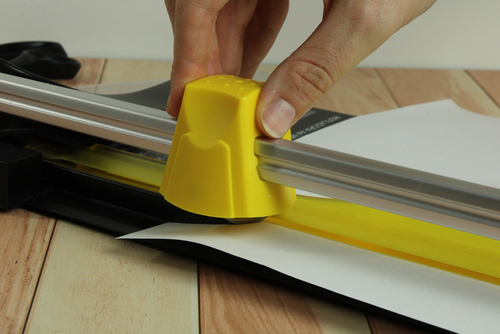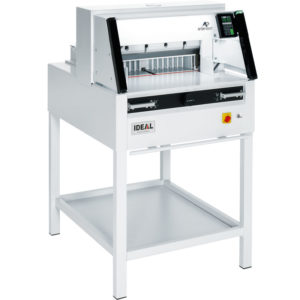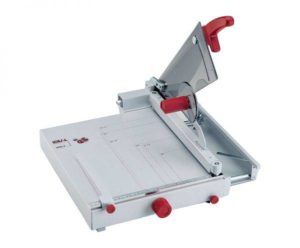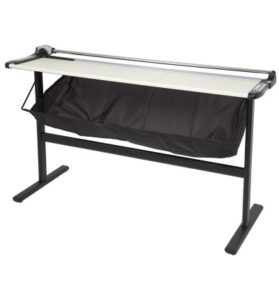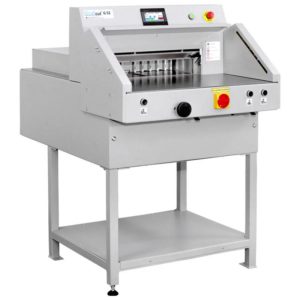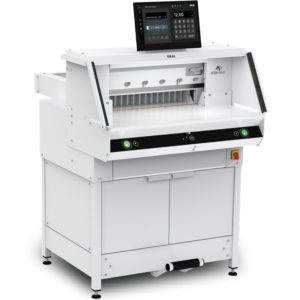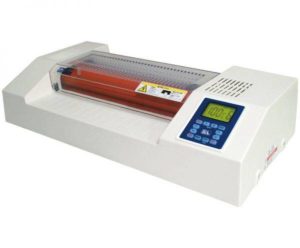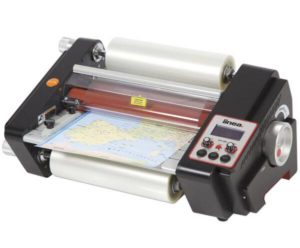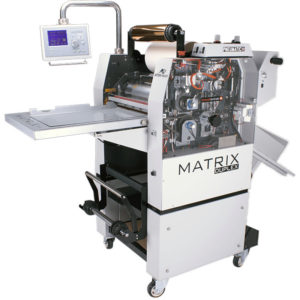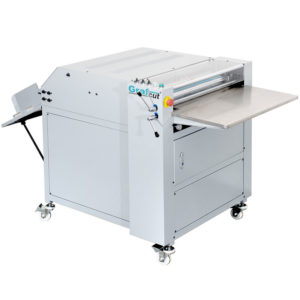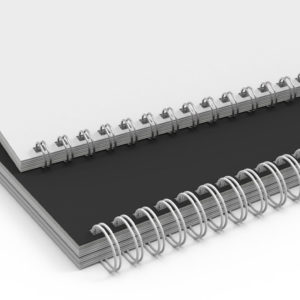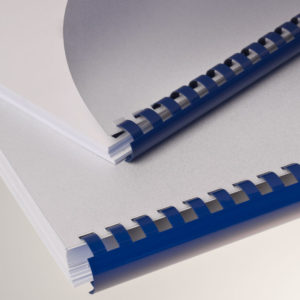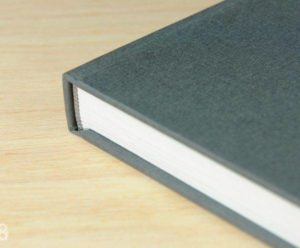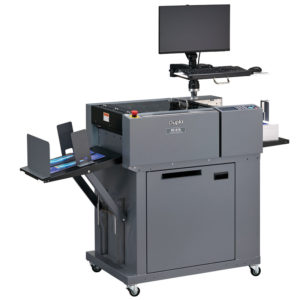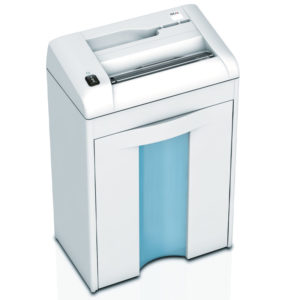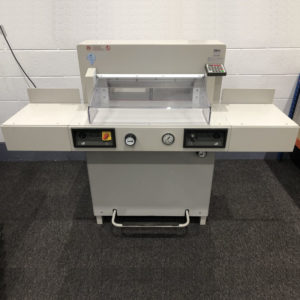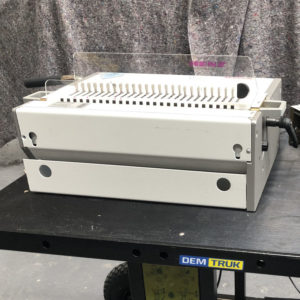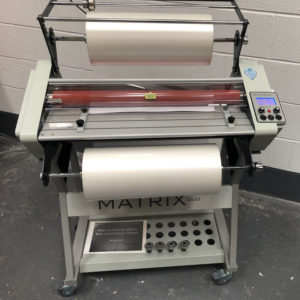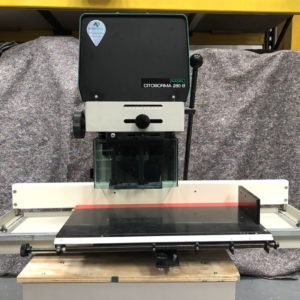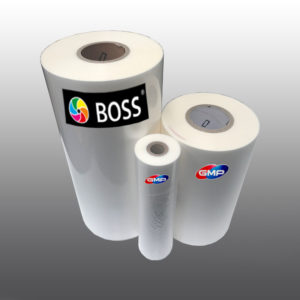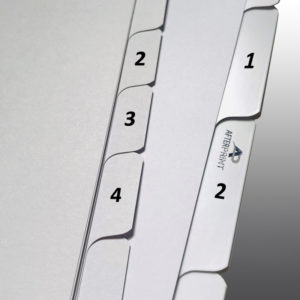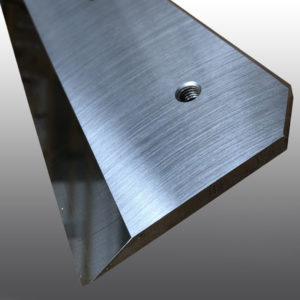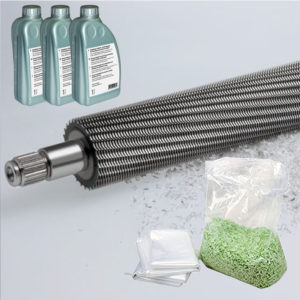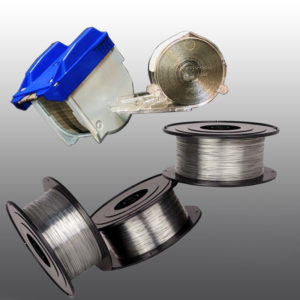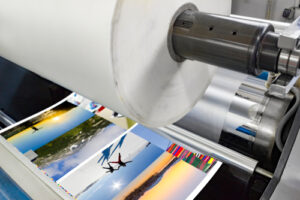18 May 2023
Safety tips and best practices for using paper guillotines
As a leading provider of print finishing equipment, we understand the importance of safety when it comes to operating paper guillotines. Paper guillotines are essential tools for any print business, but they can also be dangerous if not used correctly. That’s why we’ve created this informative blog post to help you understand the best practices for using paper guillotines safely. Whether you’re a seasoned professional or a beginner, these tips will help you avoid accidents and ensure a safe working environment. So, let’s dive in.
Safety Measures Before Use
Before using a paper guillotine, it’s important to take the necessary safety measures to prevent accidents. Firstly, ensure that the guillotine is in good working condition and properly maintained. Check for any damage, loose bolts or screws, or malfunctioning parts. If you notice any issues, do not use the guillotine until it has been repaired or replaced.
Next, make sure the guillotine is placed on a stable and level surface. This will prevent it from tipping over or moving during use. Additionally, keep the work area clear of any obstacles or distractions, such as loose papers or cords, that could cause you to lose focus and potentially injure yourself.
Finally, always wear appropriate personal protective equipment, such as gloves and safety glasses, to protect yourself from any flying debris or sharp edges. By following these safety measures before use, you can ensure a safe and accident-free working environment.
Safety Measures During Use
During use, it’s important to continue taking safety measures to prevent accidents. Firstly, never exceed the maximum capacity of the guillotine. This can cause the blade to malfunction and potentially injure you or those around you. Always refer to the manufacturer’s guidelines for the maximum capacity of your particular guillotine.
When cutting paper, make sure to keep your fingers and hands away from the blade at all times. Use the designated cutting mechanism, such as a clamp or cutting stick, to hold the paper in place while cutting. Additionally, never attempt to manually override the safety mechanisms of the guillotine, such as the safety guard or blade lock.
If you need to adjust the blade or any other parts of the guillotine during use, always turn off the machine and unplug it from the power source before making any changes. This will prevent any accidental start-ups or electric shocks.
By following these safety measures during use, you can prevent accidents and ensure a safe working environment for yourself and others around you. At AfterPrint, we take safety seriously and encourage all our customers to do the same. By prioritizing safety, you can ensure a productive and successful print business.
Safety Measures After Use
After use, it’s important to properly clean and store the guillotine to prevent any accidents or damage. Start by wiping down the blade and any other parts of the guillotine with a clean, dry cloth to remove any debris or residue. Avoid using water or any liquid cleaners, as they can damage the machine.
Next, make sure to properly store the guillotine in a secure and dry location. Keep it covered to prevent any dust or debris from accumulating on the machine. Additionally, make sure to unplug the machine and lock any moving parts to prevent any accidental start-ups.
It’s also important to regularly maintain the guillotine to ensure it remains in good condition. Follow the manufacturer’s guidelines for maintenance, and schedule regular inspections to check for any signs of wear or damage. By properly cleaning, storing, and maintaining the guillotine after use, you can prolong its lifespan and ensure a safe and reliable working environment.
Common Mistakes to Avoid
When using a paper guillotine, there are some common mistakes that can lead to accidents and injuries. One of the most common mistakes is overloading the machine beyond its capacity. This can cause the blade to jam or break, leading to damage to the machine and potential harm to the operator.
Another common mistake is using the wrong type of paper or material for the guillotine. Not all paper types are suitable for guillotine cutting, and attempting to cut materials that are too thick or hard can cause the blade to become dull or break. Always consult the manufacturer’s guidelines for the recommended types of paper and materials for your particular guillotine.
Lastly, failing to properly secure the paper or material during cutting can lead to accidents and injuries. Make sure to use the designated cutting mechanism, such as a clamp or cutting stick, and avoid holding the paper with your fingers or hands. This can prevent the paper from slipping and causing the blade to miss its intended target.
By avoiding these common mistakes and following the safety measures outlined above, you can ensure a safe and successful experience when using a paper guillotine. At AfterPrint, we are committed to providing our customers with the highest quality equipment and service, while prioritizing safety and reliability.
Conclusion
In conclusion, using a paper guillotine can be a safe and efficient way to cut paper and materials, as long as proper safety measures are taken. By following the manufacturer’s guidelines, properly maintaining the machine, and avoiding common mistakes, you can ensure a safe and successful experience. At AfterPrint, we take pride in providing our customers with top-quality equipment and service, and we prioritize safety above all else. If you have any further questions or concerns about using a paper guillotine, please don’t hesitate to contact us.
